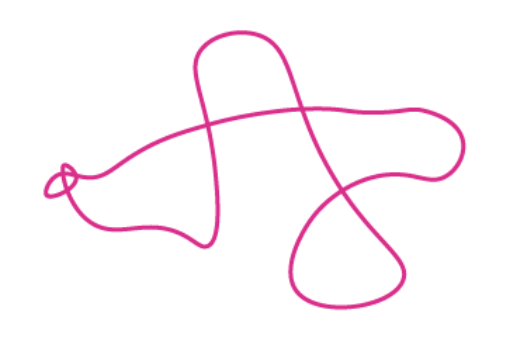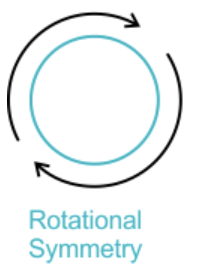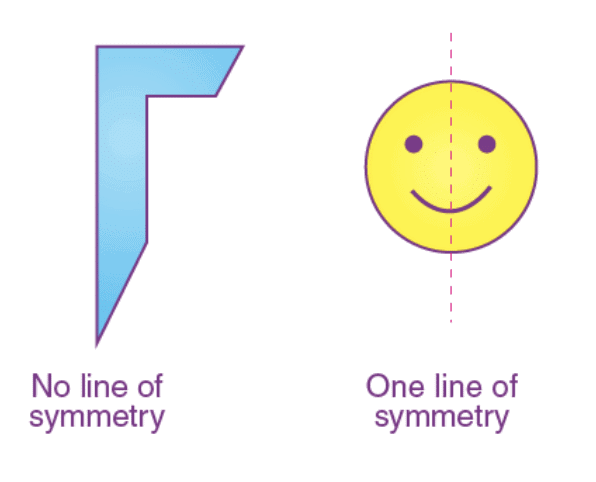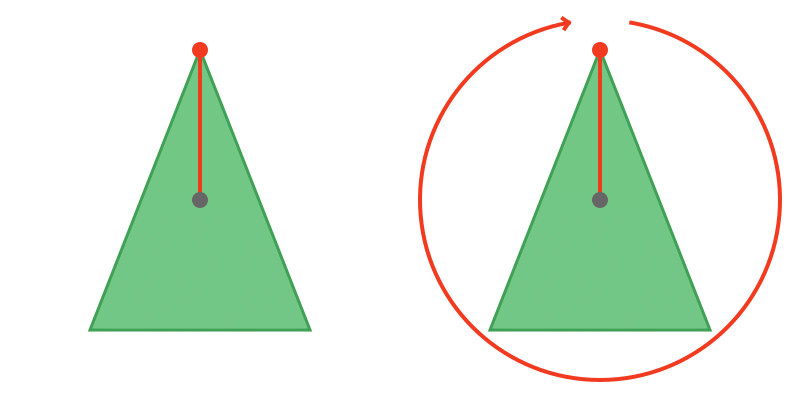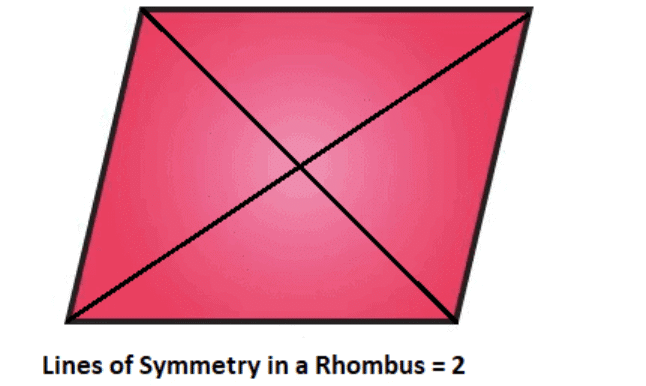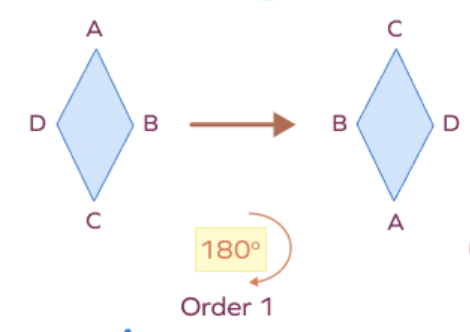Unit Test(Solutions): Symmetrical Designs | Mathematics (Maths Mela) Class 5 - New NCERT PDF Download
Time: 1 hour M.M. 20
Attempt all questions.
- Question numbers 1 to 5 carry 1 mark each.
- Question numbers 6 to 8 carry 2 marks each.
- Question numbers 9 to 11 carry 3 marks each.
Q1: Which of the following shapes has both reflection and rotational symmetry? (1 mark)
(a) Rectangle
(b) Parallelogram
(c) Equilateral Triangle
(d) Scalene Triangle
Ans: (c) Equilateral Triangle
Sol: The equilateral triangle has three lines of reflection symmetry and rotational symmetry of 120°.
Q2: How many lines of symmetry does a regular hexagon have? (1 mark)
(a) 4
(b) 6
(c) 8
(d) 2
Ans: (b) 6
Sol: A regular hexagon has 6 lines of symmetry, and it also has rotational symmetry of 60°, 120°, 180°, 240°, 300°, and 360°.
Q3: A square has rotational symmetry of order _________. (1 mark)
(a) 3
(b) 2
(c) 4
(d) 6
Ans: (c) 4
Sol: A square has rotational symmetry of order 4 because it can be rotated by 90°, 180°, 270°, and 360° without changing its appearance.
Q4: Which of the following figures has reflection symmetry but no rotational symmetry? (1 mark)
(a) Circle
(b) Scalene Triangle
(c) Equilateral Triangle
(d) Regular Pentagon
Ans: (b) Scalene Triangle
Sol: A scalene triangle has no rotational symmetry, but it has reflection symmetry if one of its axes of symmetry is drawn.
Q5: List the alphabets which are having a reflection about vertical symmetry. (1 mark)
Ans: A, H, I, M, O, T, U, V, W, X, Y.
Q6: Draw a shape that does not have symmetry. (2 marks)
Ans:
Q7: Can we say that a circle has rotational symmetry? (2 marks)
Ans: The order of rotational symmetry with regards to a circle refers to the number of times a circle fits on to itself when undertaking a rotation of 360 degrees. A circle is associated with an order of rotational symmetry that is infinite.
Q8: Does the image have a symmetry along x- axis? (2 marks)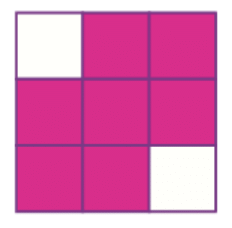
Ans: The given image does not have symmetry along x- axis. However it is symmetrical diagonally.
Q9: Show the rotational symmetry of an equilateral triangle. (3 marks)
Ans: An equilateral triangle has 3 sides of equal measure and each internal angle measuring 60° each.From the above figure, we see that the equilateral triangle exactly fits into itself 3 times at every angle of 120°. Thus, the order of rotational symmetry of an equilateral triangle is 3 and its angle of rotation is 120°.
Q10: Draw the lines of Symmetry for the following shapes. (3 marks)
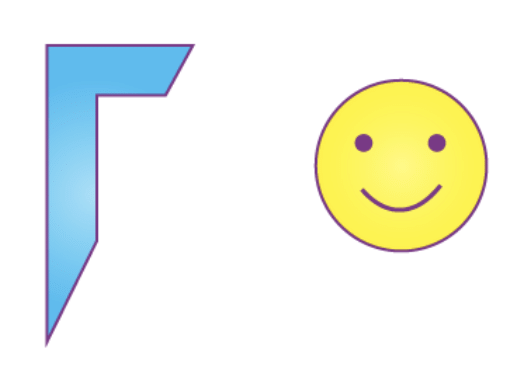
Ans:
Q11: Draw two figures other than a circle and a square that have both reflection symmetry and rotational symmetry (3 marks)
Ans: Isosceles Triangle
- Reflection Symmetry: The isosceles triangle has one line of symmetry that divides it into two equal parts.
- Rotational Symmetry: The isosceles triangle has rotational symmetry of 180° because it looks the same when rotated 180° about its center.
Rhombus
- Reflection Symmetry: The rhombus has two lines of symmetry, one along its diagonals.
- Rotational Symmetry: The rhombus has rotational symmetry of 180°, meaning it can be rotated by 180° and still look the same.
|
35 videos|276 docs|7 tests
|
FAQs on Unit Test(Solutions): Symmetrical Designs - Mathematics (Maths Mela) Class 5 - New NCERT
| 1. What are symmetrical designs and why are they important in mathematics? |  |
| 2. How can students identify lines of symmetry in various shapes? |  |
| 3. Can symmetrical designs be found in nature? If so, give examples. |  |
| 4. What activities can help students practice creating symmetrical designs? |  |
| 5. How does learning about symmetrical designs contribute to overall mathematical development in students? |  |

